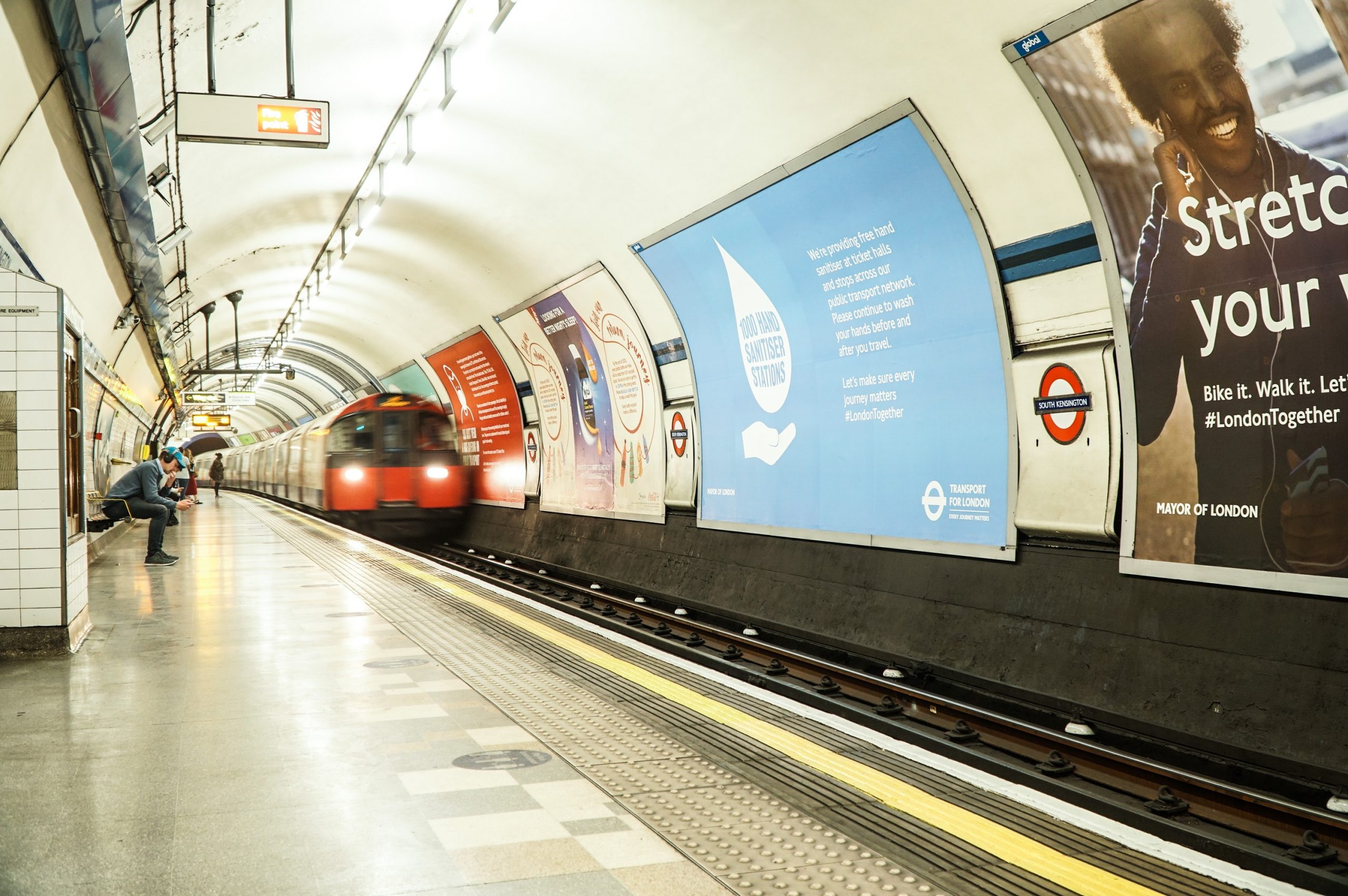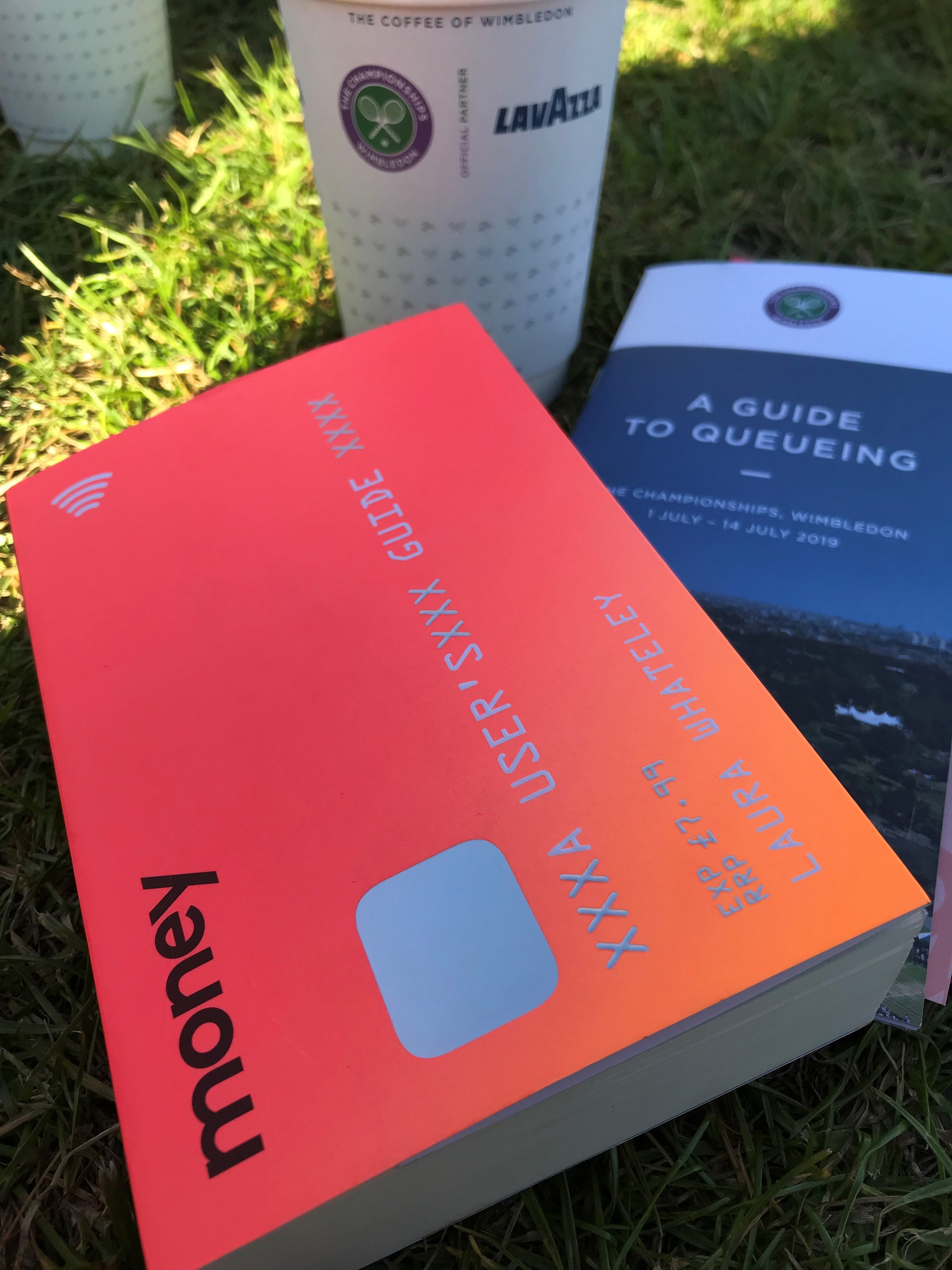What's Included?
Introduction to the Cost of Living Crisis
As we are all aware we are currently in a cost of living crisis. This crisis is affecting everyone up and down the UK and effecting many other nations across the world. Inflation is rising, along with many other things and people are feeling the pinch. In this article we shall be explaining the causes and some tips to help throughout this crisis.
Causes of the Cost of Living Crisis
Covid 19
The ultimate cause of the current cost of living crisis derives from the coronavirus pandemic. We had to lockdown the entire nation for most of 2020 and a large chunk of 2021. Throughout this time the government introduced certain policies to help the public, these included furlough and increasing universal credit. These required money which meant that the government will have had to print more money throughout. When you print money the value of that money decreases which is why we see inflation.
Fuel crisis
Another increase has been the rise in fuel prices which has been an issue since the Russian invasion of Ukraine. This is because a large chunk of our oil import came from Russia and following various trade embargoes and sanctions, we have now lost a percentage of oil imports. This is why we have seen a sharp rise in fuel prices because whilst the demand has stayed the same the supply has decreased.
Potential Recession
Finally, we are also under threat of entering a recession. A recession is defined as where the economy shrinks for two consecutive quarters (six months). When we were in lockdown there was very little growth in the economy because most people were either working from home or unable to work. Since coming out of lockdown over a year ago the economy was expected to grow a small amount. However, we are not on the predicted schedule and some experts are saying we may soon be in a recession.
What can be done?
As stated earlier a large part of the current crisis is because of Covid 19. Whilst Covid isn’t completely gone it has been suppressed by an effective vaccine roll out and a lockdown looks unlikely. This helps to keep the markets at ease as in 2020 when there were rumours of further lockdowns it made the markets uneasy and difficult to predict. This can be seen in early 2020 when the stock market crashed over uncertainty over the virus.
The Economic Approach to Tackling the Cost of Living Crisis
If we look at the main economic theories such as Keynesianism and the free market, we can predict what few opportunities the government has. The first is to cut spending into services also known as austerity. This one would be seen as unlikely and unpopular as austerity is the signifying policy of David Cameron’s premiership. The other option is a mixture of raising interest rates and cutting taxes. This one is seen as a bit of a mixed bag because raising interest rates will mean mortgages will become more expensive. This could lead to a lot of people being unable to pay their mortgage which happened in 1992. Alternatively cutting taxes would also mean people could spend more of their money which would give a boost to the economy.
With no more lockdowns in sight this means that the government has been able to stop the furlough scheme. This in turns means that they can cut a significant chunk of spending and stop printing money. With the economy opened up again it also means that it will rely on different sectors to generate wealth. With more wealth made we will see increases in the growth of GDP. However, there is one problem that could affect this which are strikes.
Summer of Discontent?
On the 6th June 2022 the RMT (National Union of Rail, Maritime and Transport Workers) went on strike. This meant that there were no trains running in London bar the C2C and DLR which made it difficult for people to go to work. There will also be further strikes on the 21st 23rd and 25th June 2022 with 50,000 workers striking. This means that a large number of people who work in London won’t be able to get to work which in some cases will mean a decrease in productivity. The reason over the strikes is due to a pay freeze and job cuts announced by TFL over the coming year. The union is angry about this because they think it’s wrong to freeze pay rises when we are seeing rising inflation.
What could the strikes lead to?
Dependent on the outcome of the strike it could spur other unions to go out on strike. This could create a domino effect and we could see a “Summer of Discontent”. This would be similar to the Winter of Discontent of 1978/79 where there were successive strikes by unions. With the threat of multiple strikes over a short period of time could result in an adverse effect on the economy which the government will want to avoid.
The outcome of the economy would depend on how the government handle this strike. If they back down and allow RMT a wage increase, then this could open Pandora’s box. Jim Callaghan did this by allowing a 17% wage increase to Ford workers. This subsequently led to all the other major industries striking and demanding wage increases the government couldn’t afford. On the other hand, the government could follow Margaret Thatcher’s footsteps. During the miners strike of 1984-85 Thatcher had prepared by stocking up on coal. This meant that whilst the miners were on strike coal was still being used to power Britain. She also refused to back down to the NUM and eventually the strikes broke down and the miners went back to work. With this approach it means that the government wouldn’t be committed to any spending increases.
What can I do during the cost of living crisis?
One idea is that if we do enter a recession and the stock market dips is to invest in stocks. When the stock market dips their value decreases meaning they become cheaper to buy. Investing in stocks is a long game as you do have to wait for them to increase in value and this can take a long time. However, if you do enough research and invest smartly you could make a tidy profit from your investments in years to come.
Another idea is to begin a side hustle, which can take on many different forms. One side hustle that is quite popular is completing online surveys. These can be for various companies and are easy to complete and not massively time consuming, usually lasting an hour or so at most. They can pay out anywhere from £30 to £50 which will help with various bills and other costs. Other side hustles include being a dog walker, selling hand made products and being a free-lance writer.
Finally, another way to earn some money is to take advantage of social media. We all have stuff at home that we don’t use or need. By using eBay or Facebook marketplace you would be able to sell these items quickly and easily. Now how much money you would be able to make would depend on what you are selling. However, even if it’s a little bit of money its more then what you had to begin. More money, no matter how much is always better then none at all.
Credibble offers two fabulous solutions.
If you’re preparing to take a mortgage, never apply until you’ve tried our unique and FREE Credibble Home app. Our smart technology will tell you what you need to fix so you avoid rejection. The app predicts when you will be able to buy, for how much and tracks your month-by-month progress to mortgage success. We’ve even added your own mortgage broker, so you get the best deals available.
More focused on your credit rating? Well, get started for free with Credibble’s 24- Factor Credit Check to truly help you improve your creditworthiness and how lenders view you. (Remember: lenders don’t use your credit score! We’ll show you what lenders look for and how to get your credit report in the best shape possible).









